Dust, Drops and Water Blasts: How Dell Torture-Tests Its Rugged Laptops
AUSTIN, Texas — Inside of a machine covered in white powder, I could see — if I squinted — what looked to be a laptop. In fact, it was one of Dell's Rugged laptops in the middle of a dust-ingress test, in one of the rooms at the company's Extreme Computing Test Lab.
The laptop would fail the test, I'm told, if any observable dust was deposited in the unit. And the test spends up to 8 hours coating the Rugged notebook in dust.
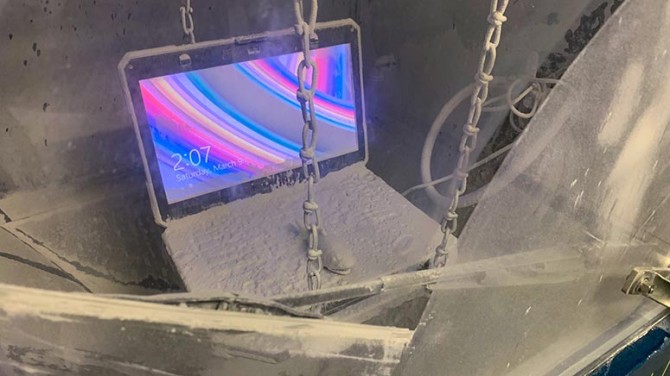
This and many other tests based on the Mil-Spec 810G standards are performed at this facility, the second version of Dell's rugged testing space. My tour was led by Anthony Bundrant, an engineer who's been working for Dell since 2012, when Dell acquired the ruggedized-hardware firm Augmentix, where he worked for years prior.

Bundrant told me about the history of Dell's ruggedized laptops and tablets, which began when the company saw Panasonic roll out similar products. Dell decided to make laptops that met and exceeded the standards of its competitor. But when early releases failed to hold up to customer testing, Dell added highly accelerated life testing (HALT), which looks to find how well a laptop will age. This method takes a few measures, including using liquid nitrogen for injection cooling in the HALT chamber to rapidly change the air temperature.
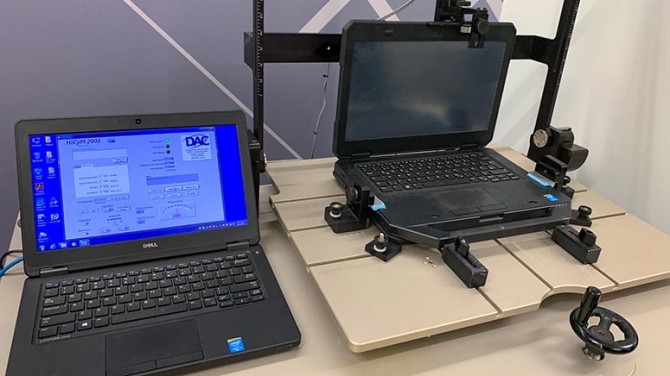
But while Dell builds Rugged laptops to survive the rigors of the real world, the facility's drop tests are also used to test Chromebooks. Bundrant told me this is because kids, who are among the primary users of Chromebooks, are as dangerous as any work environment.
MORE: Help Me Tom's Guide: Should I Get a Rugged Smartphone?
The first test we saw looked like a simple hinge test, but it turned out to be an evaluation of the reliability of the display cables inside the hinge. This is reminiscent of the "Flexgate" flaw that's reportedly causing poor lighting in Apple's MacBook Pro laptops.
Stay in the know with Laptop Mag
Get our in-depth reviews, helpful tips, great deals, and the biggest news stories delivered to your inbox.
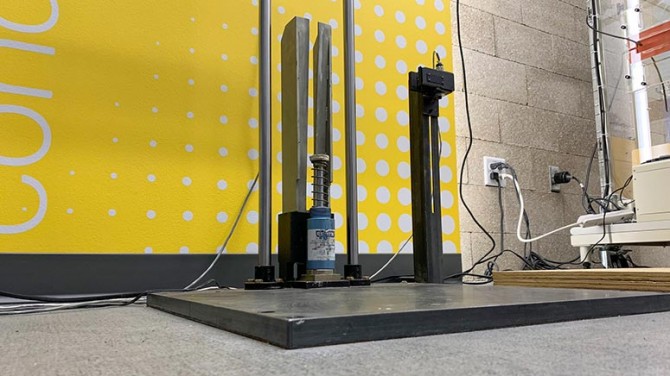
After the display-cable test, we saw the drop-test areas, where laptops fall from 6 feet in the air onto a 2-inch-thick piece of plywood, a total of 78 times, from a ton of different angles. Dell also drops laptops on a thick square of steel.
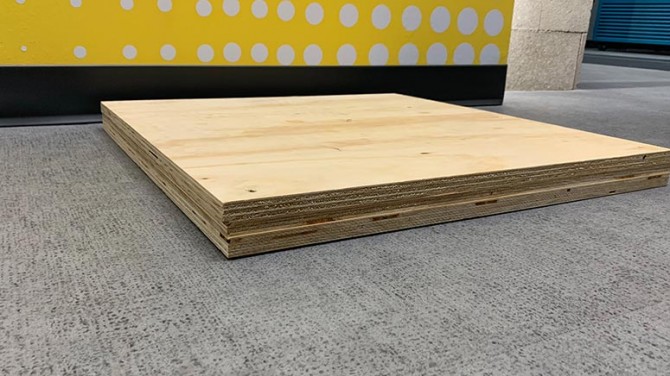
Next, I got to see the Thermotron machines, which perform extreme climate tests, subjecting laptops to temperatures of up to 160 degrees Fahrenheit and as low as minus 60 degrees Fahrenheit. These machines are kept in their own room, I discovered, because they can make their own space pretty hot.
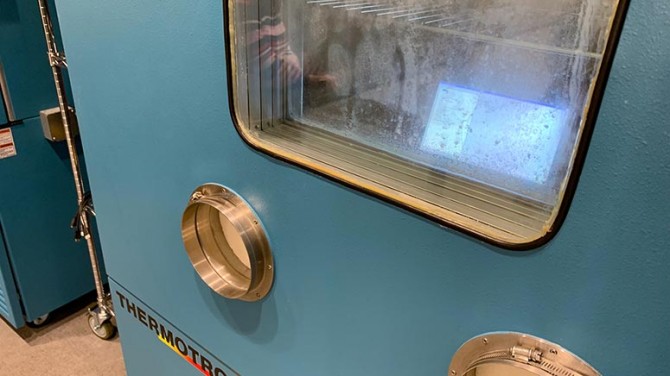
In another room, Dell showed the grizzly corrosion of its liquid-salt room, as Bundrant pulled back the lid on a tested laptop. In that same room, he blasted a ruggedized Dell laptop, that was turned on at the time, with water from a hose. This test takes place for a minimum of 3 minutes, with water (from a nozzle with a 6.3-millimeter diameter) sprayed at a machine from 8.2 to 9.8 feet away.
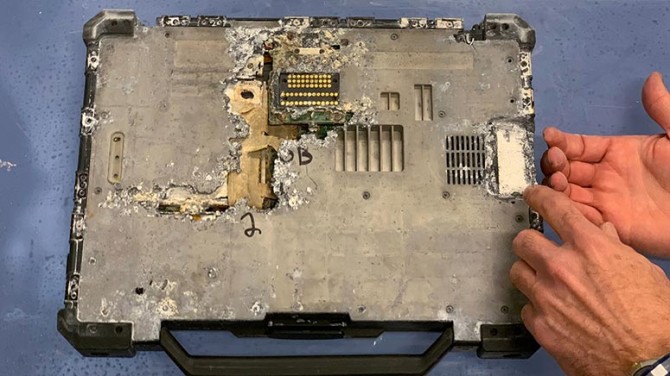
For a moment, he turned up the water pressure even higher, to show that the machine could take a few moments of greater pressure without a flicker. In another water test, which lasted 10 minutes, an oscillating tube with tiny spray holes soaked a laptop from all over.
Next, when he showed us the giant dunk tank for underwater submersion testing, Bundrant explained that Dell learned a lot about sequential testing with this machine. At one point, a Dell Rugged tablet could pass immersion of 1 meter for 30 minutes. But the machine couldn't pass that after a drop test, so the company decided not to make the immersion claims.
So, if you're wondering what makes Dell's Rugged laptops worth their price, it's not just that they're bigger and heavier and that they feel more durable. They also undergo the kind of strenuous testing that looks to make them worth a long-term investment.
Credit: Laptop Mag
Henry was a contributing writer at Laptop Mag. He penned hundreds of articles, including helpful how-tos for Windows, Mac, and Gmail. Henry has also written about some of the best Chromebooks, and he has reviewed many Apple devices, including various MacBook Air laptops. He is now a managing editor at our sister site Tom's Guide, covering streaming media, laptops, and all things Apple.
